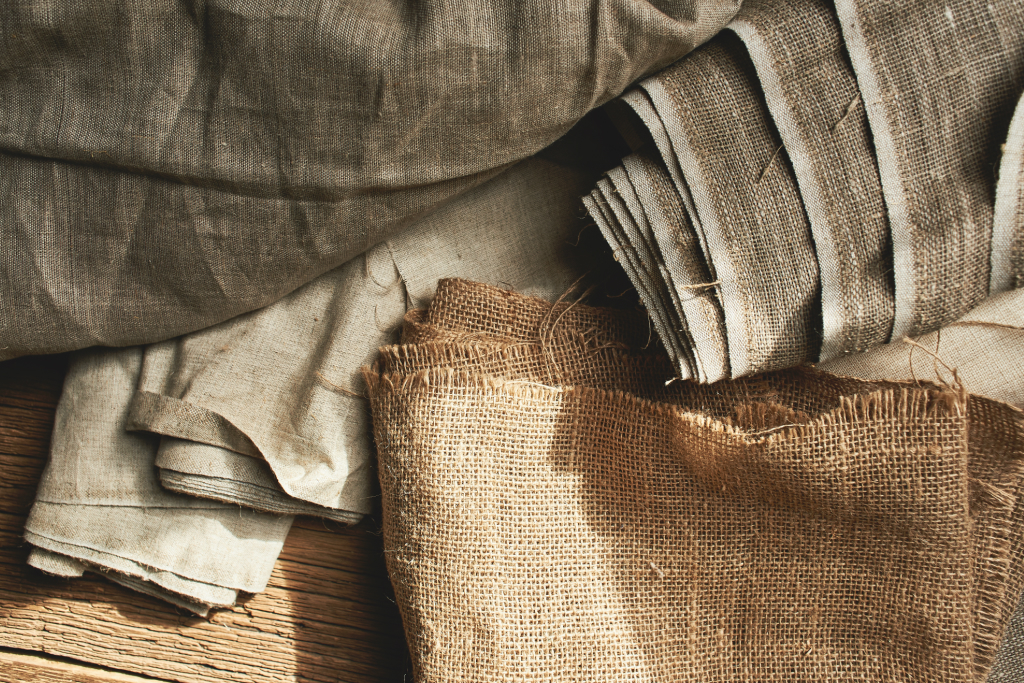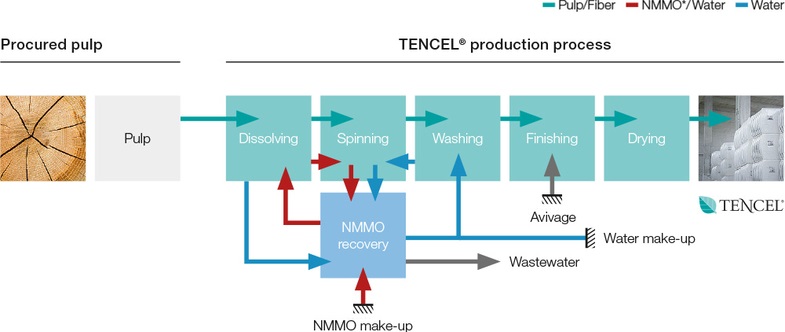What Makes a Material Sustainable?
One feature of “green” products is that they are made from sustainable materials. But what makes a material sustainable? We dive into the environmental impacts of different materials, including bamboo, take a look at some sustainable fibers and help sort out sustainable fabrics.
What Are Sustainable Materials?
With environmental issues becoming an increasingly pressing concern, it is more important than ever to look at all of the different products we buy, and consider their impact on the world around us. A key part of assessing whether a particular product is eco-friendly, is to look at what materials the product is made from, and the impact that these materials have on the environment and on our health.
Products go through a life-cycle that begins with their production and ends with their disposal. When looking at what makes a material sustainable, it is important to look at the whole life-cycle of a product and ask the following questions:
- How are the raw materials produced?
- How are the materials processed?
- How long can the materials be used for?
- How are the materials treated at the end of the products life-cycle, are they biodegradable or can they be reused or recycled?
Sustainable Materials
Defined
Sustainable materials are those that avoid degrading or depleting the environment during all stages of their life-cycle as well as being safe for people and animals to use.
Eco-Friendly Living
Every year, 80 billion pieces of clothing go to the landfills. One of the most effective ways an individual can have a positive impact on the environment is simply by choosing green products that are made from sustainable materials.
Some materials are more sustainable than others and it’s helpful to think about sustainability as a scale. Some materials are very eco-friendly, some rank moderately well, and others rank poorly and are best avoided.
Sustainable & Ecofriendly Alternative Fabrics
The Best Sustainable Fabrics
Plant-Based Sustainable Materials
Plant-based materials including wood, bamboo, hemp, and organic cotton, rank highly on the sustainability scale because they grow naturally. Natural fibers can be recycled and, unless certain treatments dictate otherwise, they are fully biodegradable.
However, not all plant-based materials are equal, and some are more sustainable than others. It is important to look at the whole life-cycle of the fabric, including how the plant fibers are grown and how they are processed during the manufacturing of different green products.
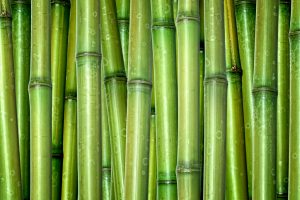
Bamboo
Did you know that bamboo is the fastest growing grass on the planet? It has abundant growth and can be farmed quickly and processed as fiber without harming the environment. Bamboo is hypoallergenic and naturally anti-bacterial, so great for sensitive skin. This fabric has great moisture-wicking properties, which makes bamboo fabric the ideal choice for sports-related clothing. It has a super soft feel and has stretch capabilities.
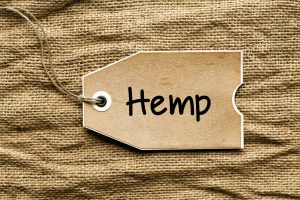
Organic Hemp
One of the oldest fibers in the world, hemp is highly productive, pest tolerant and extremely versatile. Did you know the US constitution was written on hemp paper? It can be used as a food, a building material, in cosmetics and has been used as a fabric for hundreds of years. It requires little water, no pesticides and it helps to restore soil fertility. It’s a great sustainable fiber that is at long last seeing a revival. Organic hemp has seen a major upsurge in local farm production.
Hemp is also a very fastest growing plant and has been used to create fibers and fabics for thousands of years. It’s in the same family as marijuana, but you won’t get high. Hemp plant is very low in tetrahydrocannabinol (THC) and our government permits only hemp that has especially low THC content for use in sustainable fabric. Hemp doesn’t require chemical fertilizers or pesticides to and is therefore a safer and healthier alternative. Fabrics made from hemp are extremely durable, lightweight and breathable. They’re wrinkle-resistant and very soft.
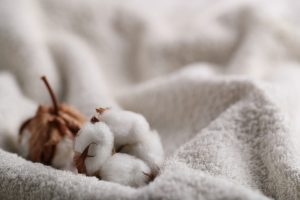
Organic and Recycled Cotton
Organic cotton, through removing harmful pesticides and other chemicals from the production process, provides a more sustainable alternative. The major problem with conventionally grown cotton is the heavy pesticide usage which damages the environment and human health. Always check that organic cotton has an independent organic certification like the Global Organic Textile Standard (GOTS).

Organic Linen
Made from flax, linen is another traditional fiber crop which, like hemp is very versatile. It also requires minimal water and pesticides and can be grown in poor quality soil. Linen is a strong fabric and every part of the plant can be used, reducing wastage.
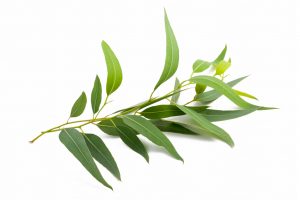
Eucalyptus
Eucalyptus is a fast growing tree that grows in Australia and in Mediterranean climates such as South Africa, Chile and Southern California. To make fabric out of eucalyptus it follows the lyocell/tencel ™ production process. The products used for its transformation are up to 99.7% recycled subsequently in a closed loop process. Eucalyptus fabric absorbs moisture and prevents bacteria formation and is extremely soft and suitable for sensitive skin.
Environmental Problems of Common Fabrics
Let’s have a look at some common fabrics
and the impact that they have on the environment.
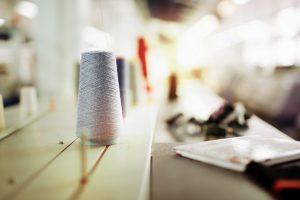
Polyester
With chemical advances in the 1940s, man-made fibers were introduced and since then there has been a shift away from natural fibers, towards cheaper and faster to produce synthetic textiles.
Polyester, made from the common plastic, polyethylene terephthalate (PET), now dominates the clothing industry with an annual production exceeding 22.67 billion tonnes worldwide. Along with nylon, acrylic and other synthetic fibers – which are all forms of plastic – this makes up about 60% of global clothing material.
Polyester is an unsustainable fabric for a number of reasons:
- It is partly derived from petroleum
- It is not biodegradable
- Polyester dyes are not environmentally friendly and are also toxic to humans and animals
- Polyester manufacturing requires a large amount of water
- Regular laundering of polyester fabrics can lead to mico-plastic pollution

Is Recycled Polyester Eco-Friendly?
Polyester can be recycled and a number of companies have committed to increasing their use of recycled polyester as a move towards greater sustainability. Polyester is recycled by melting down existing plastic and re-spinning it into new polyester fiber. From jackets made out of recycled drinks bottles to swimwear made from recycled ocean waste, this sounds like a great idea.
However, the problem remains that recycled or not, the washing of these fabrics can still lead to micro-plastic pollution. Tiny plastic fibers shed from our synthetic clothes when they are washed and these can end up in the ocean, with a detrimental effect on both wildlife and our own health.

Viscose Rayon & Modal Rayon
Viscose rayon is made from bamboo or beech trees which is converted into a fabric through a chemically-intensive process. Bamboo and beech trees, they sounds sustainable. After all, aren’t they sustainable material?
We need to look into this a little further. There are two sustainability concerns with rayon. The first concern is whether the raw material has been grown and harvested sustainably. The second concern is the pollution caused when the hazardous chemicals that are used during the viscose-making process, enter the environment. There are many different processes for manufacturing rayon, varying in the chemicals used and their subsequent impact on the environment. Our Sustainability Score can help you choose from manufacturers with strict effluent treatment protocols. The concern with bamboo rayon is not that the chemical residue remains on the bamboo material, but in the disposal of the chemical waste product.
Modal is a type of rayon, made by spinning reconstituted cellulose. The cellulose fiber in Modal comes from beech trees or bamboo. . Modal fiber is strong and stable, yet has a soft feel, similar to cotton.

Conventionally Grown Cotton
Natural fibers have their problems too. Conventionally grown cotton is an ecological disaster. Considered the world’s dirtiest crop, cotton is the most pesticide-intensive crop in the world, with pesticide poisoning affecting thousands of cotton farmers and their families each year. Cotton is also an incredibly thirsty crop, accounting for 69% of the water footprint of all textile fiber production.
Sustainability Score
How sustainable is that product?
Here’s our scoring system.
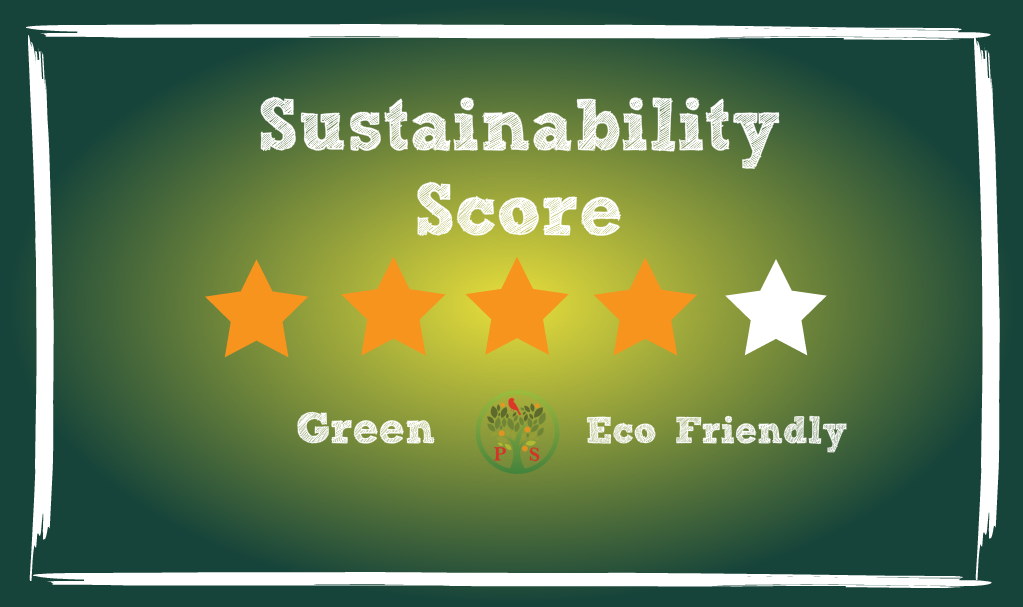
Is Using Bamboo Fiber Good for the Environment?
Not every natural fabric is sustainable, and it is important to look at both how the fibers are grown, and also at how they are treated and turned into a fabric.
The latest plant-based material to hit the eco-friendly fabric market in recent years is bamboo. With claims that it is anti-bacterial, fast drying and absorbent, there are many things to love about bamboo fiber. But not all bamboo fabrics are created equal and it’s important to look at the different production processes involved, in order to understand where bamboo lies on the sustainability scale.
Growing Bamboo Fiber
Bamboo Plants:
Are extremely fast-growing
Don't need pesticides
Consume very little water
No intensive cultivation
Prevents soil erosion
Produces more oxygen than other plants and absorbs more Carbon Dioxide
Bamboo
Bamboo is therefore great as a sustainable alternative to hardwoods and can be used to make various products like chopping boards, utensils, furniture, and flooring.
How is Bamboo Fabric Made?
What About Bamboo Fabric?
Sustainable Bamboo
To find out if bamboo fabric is sustainable, we need to look at how it is made and the production processes involved.
When looking at how bamboo fabric is made, the most important thing to note is that the majority of bamboo fabric on the market is actually bamboo viscose, not natural bamboo fiber.
Natural Bamboo Fabric
Natural bamboo fabric is a slightly coarse fabric, similar to linen and hemp. It’s made by combing out the bamboo fibers and spinning them into thread. This is labor intensive and doesn’t produce the soft, silky fabric that is in demand.
Bamboo Viscose
Bamboo viscose, on the other hand, is soft and silky. It is an attractive fiber with a lovely sheen. But when we look at the process involved in turning bamboo fiber into viscose, the sustainability of bamboo fabric is called into question.
Chemical Processes
To get the silky, soft material that is used for bed sheets, clothing, and other products, bamboo fiber is processed into “bamboo rayon”. Rayon, as mentioned earlier, is a manufactured fabric that is made from regenerated cellulose fiber, using a chemically-intensive process.
There are two ways that bamboo cellulose is made into rayon:
- The viscose process, including a second step (Modal)
- The lyocell process.
Viscose Process
Bamboo Viscose (Rayon)
The viscose process is the most common way to produce bamboo rayon and it is also the most environmentally damaging. It involves dissolving bamboo cellulose with chemicals, to produce a viscous solution. Sulfuric acid is then used to re-solidify the cellulose while it is being spun into fibers. These fibers can then be made into threads and fabrics. The chemicals used can be highly toxic and a risk to human health. Serious pollution is caused when the hazardous waste from rayon production enters waterways.
The majority of bamboo sheets on the market are made of bamboo rayon. There are many different processes for manufacturing rayon, varying in the chemicals used and their subsequent impact on the environment. If you decide to go for viscose bamboo sheets or other products, check out our Sustainability Score to see how they rank. Also, avoid bamboo rayon treated with chlorine-containing bleach and zinc sulphate.
Bamboo Modal.
Modal is made with basically the same chemical process as Viscose, but an extra step use used to make the modal stronger, lighter and finer than the viscose rayon. This makes modal ideal for sports clothing or where durability is important. Unlike viscose rayon, bamboo modal fabric can go into the dryer. It is durable when wet and is extra soft.
Bamboo Lyocell Process
The alternative to the viscose process is the lyocell process. It creates the same kind of fiber from wood or bamboo pulp but in a less environmentally damaging way. This is primarily because lyocell is a closed-loop system where 99% of the chemical solution is recaptured and re-used, so much less hazardous waste is produced. The remaining emissions are broken down in biological water treatment plants. The solvent is not acidic and therefore it works well for sensitive skin.
The lyocell process is used to make several kinds of branded viscose including Tencel™. Because the lyocell process is more expensive, only a few brands are making bamboo viscose in this way. Alternatively eucalyptus or beech are sustainable materials used in the lyocell process, making this a great sustainable fabric.
So is bamboo a sustainable material?
The answer to this question is that it depends on the type of bamboo fabric we are looking at, and the processes involved. Bamboo, being a highly sustainable crop to grow, certainly has the potential to be a sustainable fabric, particularly if the manufacturer chooses the more eco-friendly lyocell process.
GOTS Certification for Sustainable Fabrics
Global Organic Textile Standard
As we’ve seen, one of the most important things to consider when looking at sustainable materials is the chemicals used in both growing the raw materials, and also during the textile production process. As consumers, how can we make confident choices about the safety and environmental impact of the textile products we buy?
This is where green product certifications can really help. The GOTS is the leading world-wide standard for organic fibers. The standard includes both ecological and social criteria and applies to all processing stages, from the harvesting of raw materials, through environmentally and socially responsible manufacturing, to the labeling of the final product. It’s extremely thorough and provides a credible assurance, so if a product is GOTS certified, you can be confident about the sustainability of the materials used.
Conclusion
Sustainability of Materials?
As we have seen, there are many different factors to take into consideration when assessing whether a certain type of material is sustainable or not. The example of bamboo fabric illustrates that it is important to look at the whole production process and not just the production of the raw material.
Trusted certifications like GOTS, the gold standard for sustainable fabrics, are a godsend for ethical consumers who are looking for guidance and reassurance when choosing green products.
At Positively Sustainable, we are committed to providing information that will help you to make confident choices about the products you buy. We believe in the power of ethical consumerism to hold businesses accountable and make sure that they are manufacturing products in an environmentally and socially responsible way.
Join us on our journey towards a positively sustainable future.

